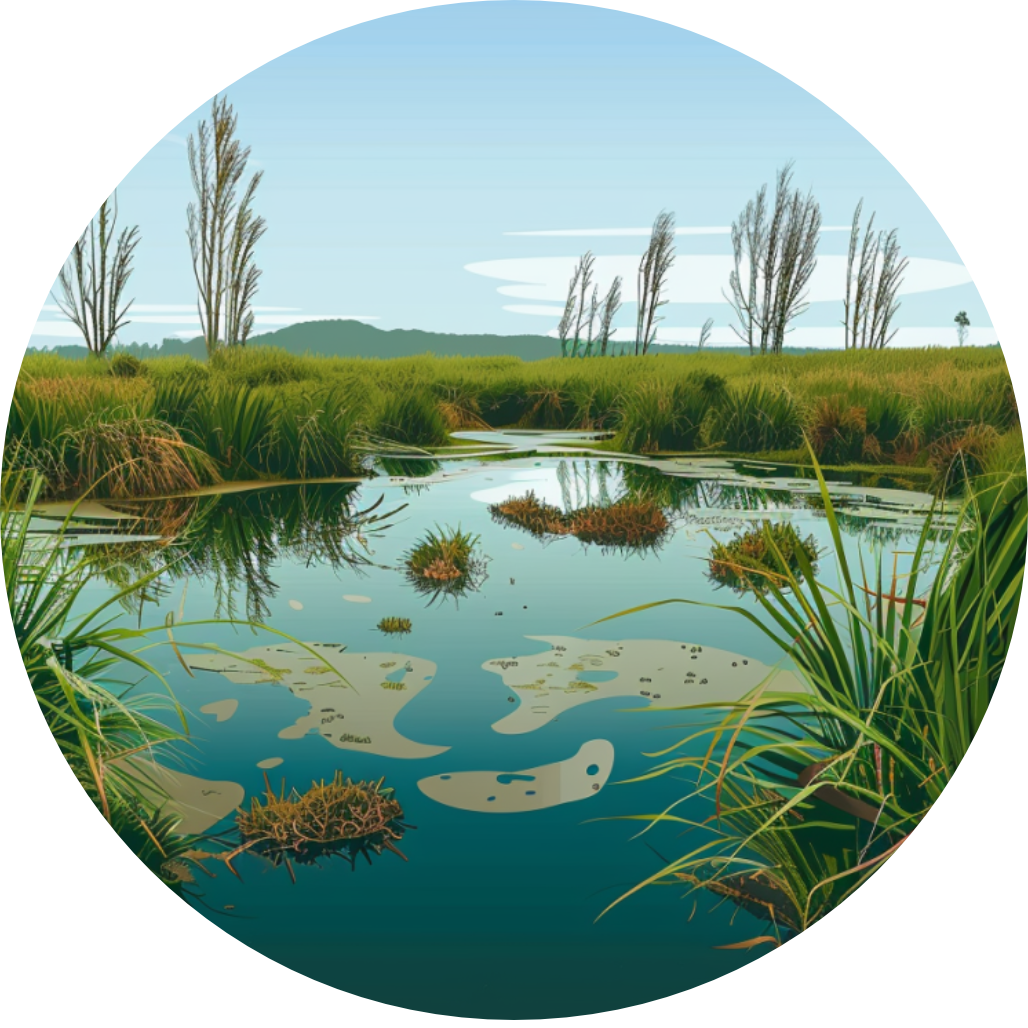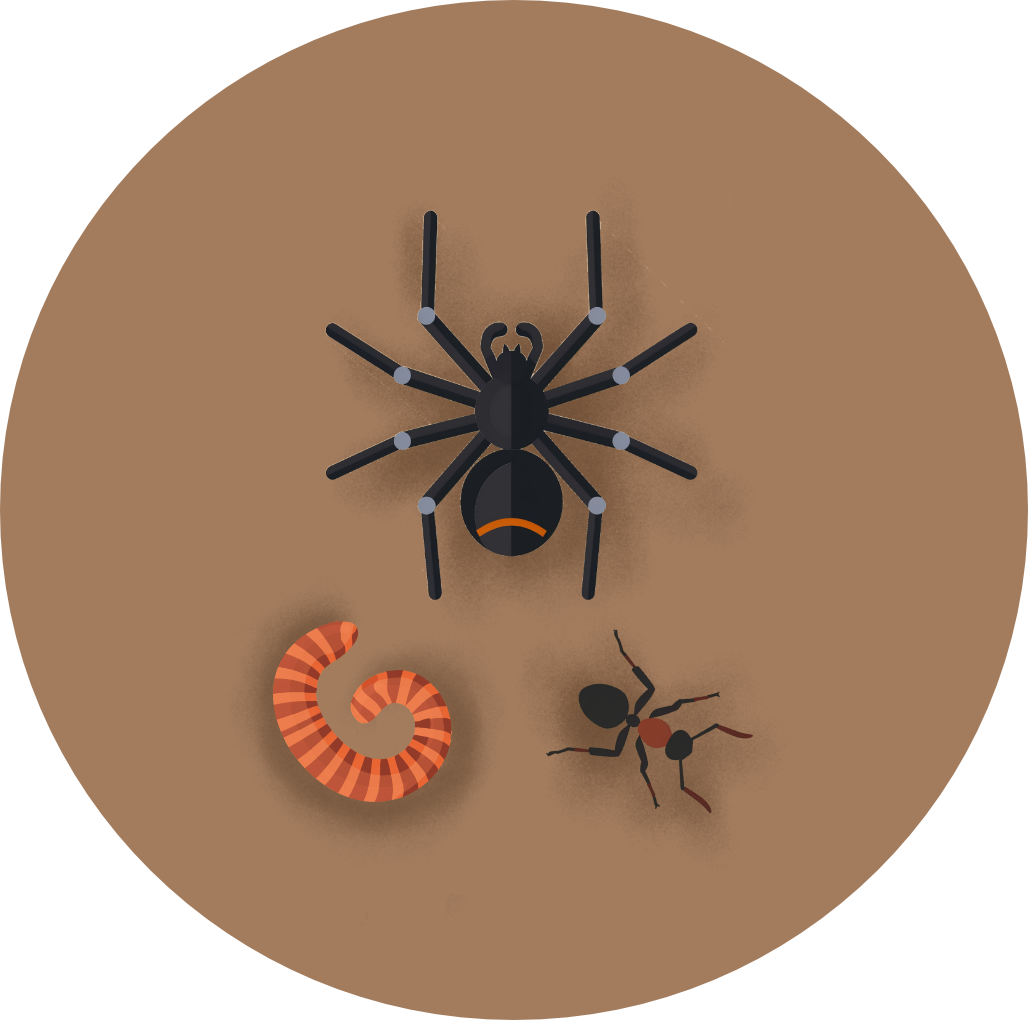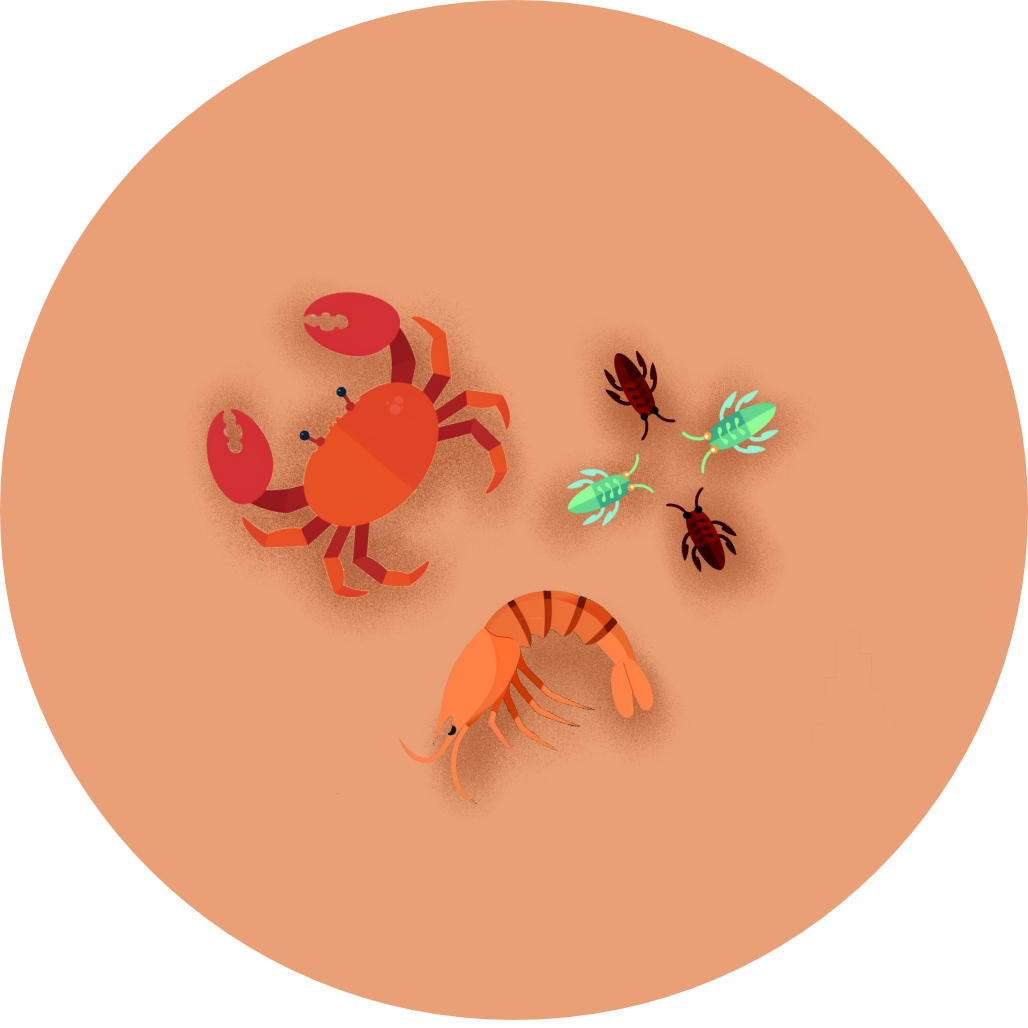
Pectoral Sandpiper
Calidris melanotos


Calidris melanotos

The Pectoral Sandpiper is a rare but exciting visitor to New Zealand's shores. About the size of a blackbird, this wading bird makes an epic journey from its Arctic breeding grounds to grace our wetlands. Its distinctive appearance and behavior make it a thrilling find for birdwatchers of all levels.
1. Sharp contrast between streaked breast and white belly, creating a distinctive 'bib'
2. Plump body with a relatively long neck and slightly drooped bill
3. Yellowish legs and probing behavior when feeding on mudflats
Pectoral Sandpipers are long-distance migrants, breeding in the Arctic tundra and visiting New Zealand during our summer. Males perform unique courtship displays, inflating their throats to produce hooting sounds. They face challenges from habitat loss along their migration routes. In New Zealand, they're vulnerable to disturbance at their feeding sites.
Look for Pectoral Sandpipers at coastal estuaries, rivermouths, and the edges of lowland lakes across New Zealand. They're most active during daylight hours, often seen probing mud or shallow water for food. These birds are rare visitors, with only 10-20 spotted each year. Your best chance is during our summer months when they escape the Arctic winter. A tip: scan for a slightly larger bird among groups of Sharp-tailed Sandpipers.
22 cm
73 g







Coming Soon!
Top birding locations will be available in a future update.